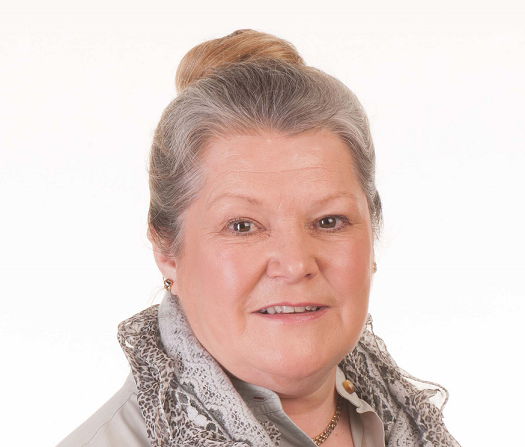
After a busy month spent judging awards, in conversation with alternative thinkers and reviewing research from business analysts and academics, one key question emerges as preoccupying business leaders:
‘How do we think, decide and act in the long term interests of our organisation?’
Strategic thinking
Our attempts to imagine alternative futures require curiosity and creativity. We bring together a range of interested parties and share insights and dreams. When we encourage diversity of thinking, our biases and pre-conceptions are challenged. Shrewd boards ensure that they are composed of individuals who bring a range of perspectives to the exploration and discussion of strategy.
These ingredients appear simple but are complex to engineer. The currency and contribution of each thinker are critical. This raises complex questions about refreshing board membership and planning succession. Offboarding directors involves difficult but honest conversations in the interests of the organisation’s future. Onboarding directors is an art form, best tailored to the needs of each individual to ensure they can contribute as soon as they are ready.
Our ability to look ahead also requires us to understand our past. We therefore need to ensure that corporate memory informs our discussions but doesn’t prevent imaginative thinking beyond a simple extrapolation of our current approaches.
We are often reminded that listening to the business and its stakeholders is an essential part of any strategic thinking activity. When these conversations go beyond mechanistic process and take place in a culture of trust, they provide valuable intelligence.
Strategic decision making
Your governance framework identifies the roles and responsibilities for strategic decision making but ultimately the responsibility for the strategic direction of your organisation rests with the board. When your board is only used as a ratifier of strategy, valuable opportunities to contribute experience, challenge and stress test assumptions may be missed. A dialogue between horizon scanners and operational experts generally produces robust decisions.
Award winning organisations, projects and initiatives share a common factor in that they are able to clearly articulate ‘value delivered’ and ‘impact’ against defined criteria. Where decisions are made with no clear rationale or intention, tracking performance is problematic.
Among the decision criteria receiving significant attention are cultural fit and risk appetite. Strategic decisions which are aligned to the beliefs and values of your organisation are more likely to engage the support of those responsible for delivering them. Equally, those decisions which are perceived to be contrary to the shared understanding of ‘how we do things around here’ are likely to meet obstacles. Given that the Board are tasked with creating the tone in their organisation, the debate around whether a decision is ‘right for us’ is critical.
Having set the risk appetite of your organisation, the board can assess strategic decisions against clearly defined tolerances. The wise ensure that risk appetite is kept under regular review and does not constrain the selection of innovative options with the potential to deliver value.
Enabling living strategy
Strategy is merely window dressing if action is missing. Effective strategy formulation involves and engages those who are accountable for delivery. By the time the strategy is launched, a critical mass of enthusiasts can be ready to inspire and encourage their colleagues to deliver the required value and impact.
Effective monitoring involves tracking quantified performance metrics and listening to the real voices along your value chain. Together these practices create focus and sustain momentum. Importantly, they may provide early insight into strategy modifications required and, in some cases, obsolescent activities and initiatives which should be stopped. A continuous appraisal of resource deployment enables agile redeployment where appropriate.
It takes effort to provide opportunities for board members to be visible sponsors of strategy. ‘Walking the floor’ may result in valuable conversations when leaders encourage the transparent sharing of opinions and capture intelligence for discussed with their colleagues.
The potential for intrapreneurship is often neglected by organisations. If curious and creative individuals are not valued and nurtured, they go elsewhere taking their insights and dreams with them. There is merit in identifying individuals with the natural strengths to think strategically and generate innovative and creative ideas. By exposing them to board thinking, your organisation can increase the probability of retaining their talents.
A quick healthcheck
- What contribution do you make to strategic thinking?
- How do you enable other contributions?
- Who encourages you to be imaginative?
- What metrics do you use to evaluate different strategic options?
- How do you stress test your strategic decisions before ratifying them?
- Who ensures that strategic decisions, once taken, have collective board support?
- How do you show support for those who are accountable for delivery?
- What involvement do you have in tracking performance against strategic objectives?
- When and how are strategic decisions reviewed and modified?
Sources:
Henry Mintzberg on Strategic Seeing
Nasdaq 2023 Global Governance Pulse









